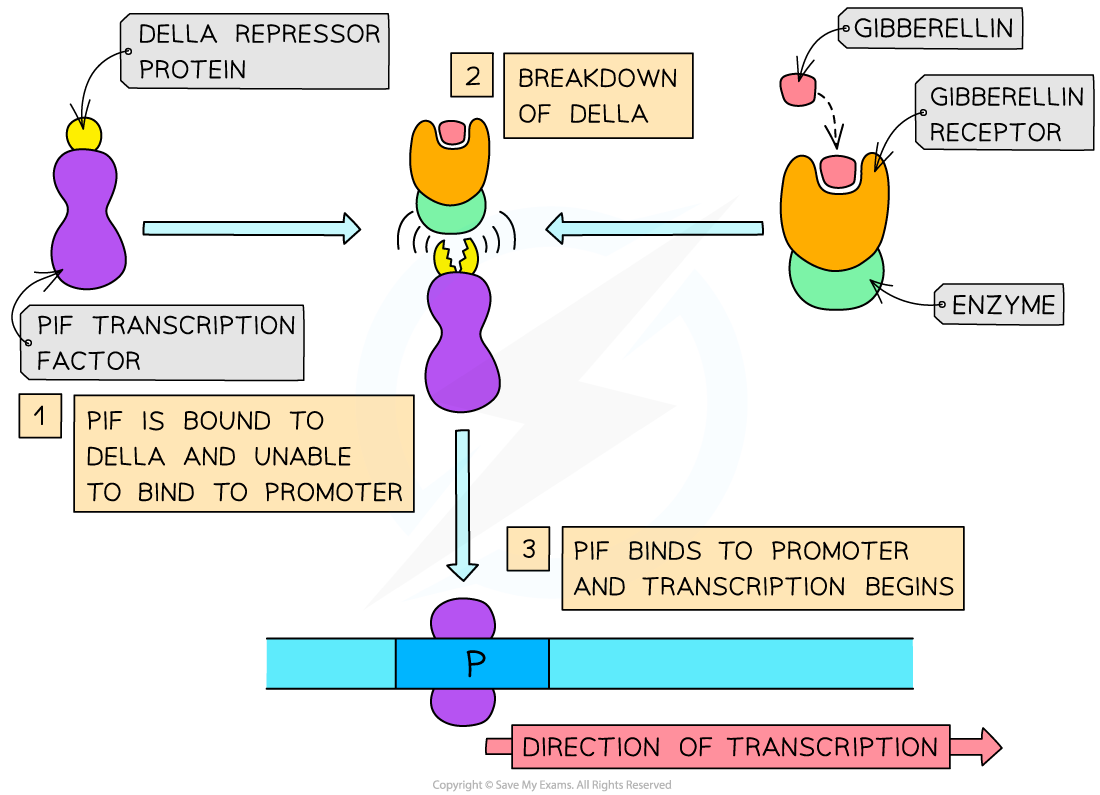(CIE A2 biology) Inheritance - transcription factors +
Transcription factor basics
These are produced in the cytoplasm and then move into the nucleus to help RNA polymerase bind to DNA for transcription to be initiated in eukaryotic cells
Most of these factors are proteins but all of them are involved in controlling genetic expression by switching genes on/off
Some of these factors bind to specific DNA regions that may be within the promoter region or enhancer region
Some of these factors even bind to each other when attached to DNA to form transcription initiation complexes that RNA polymerase binds to for structural gene transcription to start - these types of complexes require many different molecules for their formation (especially in higher eukaryotes)
Some transcription factor complexes may even prevent RNA polymerase from binding to the DNA and preventing gene expression
Transcription factors tend to be involved in sex determination as well as ensuring the correct genes are expressed at the right points of time in the body and can respond to environmental changes with the help of hormones

Transcription factors and gibberellin
In the presence of gibberellin DELLA (which is bound to PIF - a transcription factor) gets marked by ubiquitin so it can be broken down - this is an effect of gibberellin molecules binding to a receptor like GID1 and leads to PIF being released so transcription can be initiated
In the absence of gibberellin however no transcription of plant DNA occurs due to PIF being bound to DELLA
